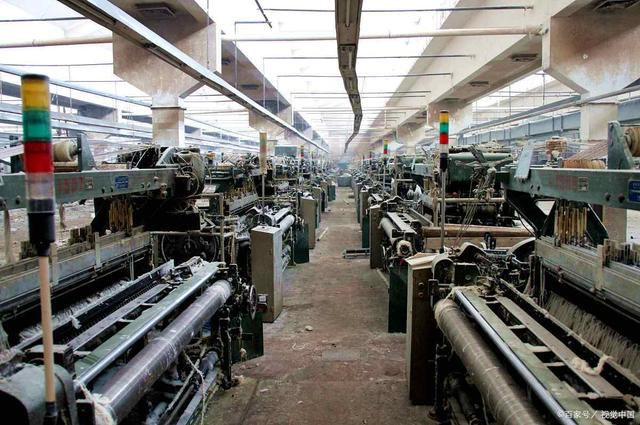India is one of the world’s largest cotton producers, the world’s largest jute producer and the second largest silk producer. In 2019/20, the production accounted for about 24% of the world, and cotton yarn capacity accounted for more than 22% of the world. The textile and garment industry is one of the dominant market segments of the Indian economy and one of the country’s largest sources of foreign exchange earnings. The sector accounts for about 15 per cent of India’s export revenues. Especially in 2019, before the epidemic, India’s textile industry accounted for 7% of India’s total industrial output, 4% of India’s GDP, and more than 45 million people were employed. Therefore, the textile and garment industry was India’s largest source of foreign exchange income, accounting for about 15% of India’s total export income.
India’s textile industry is India’s most competitive industry, according to data, India’s annual exports of textiles accounted for a quarter of the total export share. India’s textile industry, which directly and indirectly feeds hundreds of millions of people, is second only in size to agriculture. India had planned to become the world’s second-largest textile producer on the strength of its vast human resources, a $250 billion textile industry that would undoubtedly lift tens of millions of Indians out of poverty.
India is the world’s second largest textile manufacturer and exporter after China, contributing 7% of industrial output despite accounting for only 2% of India’s GDP. As India is a big emerging country, the industry is relatively low-end, mainly with bulk raw materials and low-technology products, and the textile industry, as the main industry, is even more low-end. The profits of textile and clothing products are extremely low, and a little wind will often cause a lot of bleeding. It is worth noting that Indian President Narendra Modi has described the textile industry as an idea of Indian self-reliance and a unique cultural export. In fact, India has a long and glorious history of cotton and silk. India has a hemp and machinery center in Calcutta and a cotton center in Bombay.
In terms of industrial scale, The scale of China’s textile industry is unmatched by India. But India’s textile industry has two big advantages over China: Labour costs and raw material prices. It is inevitable that The labor cost of India is lower than that of China, because China’s textile industry started a long road of transformation and upgrading after reaching its peak in 2012, resulting in a decline in employees and an increase in wages. According to statistics, the annual income of textile workers in China is more than 50,000 yuan, while the annual income of workers in India is less than 20,000 yuan during the same period.
In cotton raw material, China has started the trend of net import, while India is a net export model. Because India is a big cotton producer, although its output is not as good as China’s, It has been exporting more cotton than it imports for a long time. Moreover, India’s cotton cost is low, and the price is advantageous. So India’s textile advantage is in cotton and labor costs. If the international competitiveness of the textile industry, China is more advantageous.
Post time: Jul-18-2022

